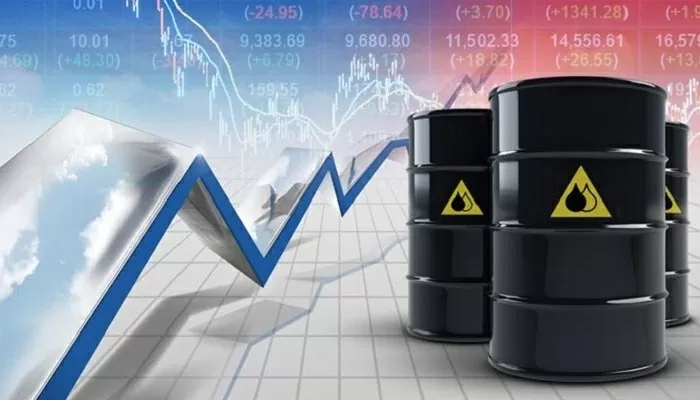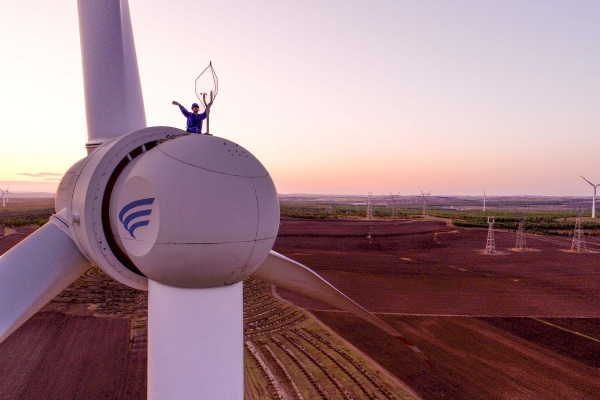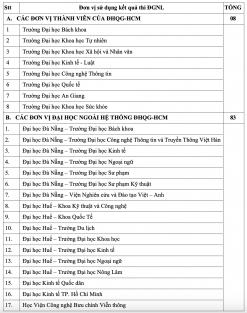Gasoline prices today, February 10, Brent and WTI oil prices both increased slightly at the beginning of the trading session.
 |
| Today's oil prices, February 10, Brent and WTI oil prices both increased slightly at the beginning of the trading session. (Source: Oilprice) |
Last week, oil prices continued to “cool down” with Brent crude falling 92 cents and WTI crude falling $1.53. Oil prices “plummeted” mainly due to market concerns about a potential trade war between the US and China when the world’s two leading countries have taken steps to impose tariffs on each other’s exports.
While the US imposed a 10% tariff on Chinese exports, Beijing quickly responded by imposing a similar tariff on crude oil imported from the US.
China will not stop at the above tariffs and may weaken the yuan if the US imposes more tariffs on Chinese exports to the US, said Kelvin Wong, senior market analyst at OANDA.
Oil prices also fell last week due to a surge in US crude inventories. Data from the US Energy Information Administration showed that US crude inventories rose by 8.7 million barrels, four times higher than analysts expected. Meanwhile, US President Donald Trump still wants to increase US production, which is already the highest in the world, with the aim of lowering oil prices and reducing consumer inflation.
This week, the market will focus on the US consumer price index (PCI), producer price index (PPI), weekly jobless claims and retail sales.
Investors remain concerned that President Donald Trump's tariff plans are jeopardizing hopes of a rate cut this year, Reuters reported.
The PCI will provide the latest information on inflation trends, a key concern for investors. A survey of more than 4,000 traders released last week showed that inflation and tariffs are the factors expected to have the biggest impact on the market this year.
Charlie Ripley, senior investment strategist at Allianz Investment Management, said inflation is a real uncertainty in 2025 that will impact the interest rate environment. Ripley said that if inflation rises, it actually reduces the chances of the Federal Reserve continuing to cut interest rates, and the market clearly doesn't like that.
CPI is expected to rise 0.3% in January, according to a Reuters poll.
“We certainly don’t want to see CPI heating up again,” said Art Hogan, chief market strategist at B. Riley Wealth.
Markets are pricing in a more than 80% chance that the Fed will keep rates on hold at its March meeting, while about two cuts are expected by year-end.
Expectations that the Fed will keep interest rates unchanged in March were bolstered by a mixed US jobs report released on February 7. While job growth in January was slower than expected, the unemployment rate hit 4% - the lowest since May 2024 - indicating a healthy labour market.
Domestic retail prices of gasoline on February 10 are as follows:
E5 RON 92 gasoline is not more than 20,442 VND/liter. RON 95-III gasoline is not more than 20,928 VND/liter. Diesel oil not more than 19,054 VND/liter. Kerosene not more than 19,414 VND/liter. Fuel oil not exceeding 17,354 VND/kg. |
The above domestic retail prices of gasoline and oil were adjusted by the Ministry of Finance - Industry and Trade in the price management session on the afternoon of February 6. While the price of E5 RON 92 gasoline increased by 51 VND/liter, the price of RON 95-III gasoline decreased by 74 VND/liter, diesel oil decreased by 192 VND/liter, kerosene decreased by 25 VND/liter, and fuel oil decreased by 148 VND/kg.
In this operating period, the joint ministries did not set aside or use the Petroleum Price Stabilization Fund for E5 RON 92 gasoline, RON 95 gasoline, diesel oil, kerosene, and fuel oil.
Source: https://baoquocte.vn/gia-xang-da-u-hom-nay-102-tang-nhe-ngay-tu-da-u-phien-303775.html






















































Comment (0)